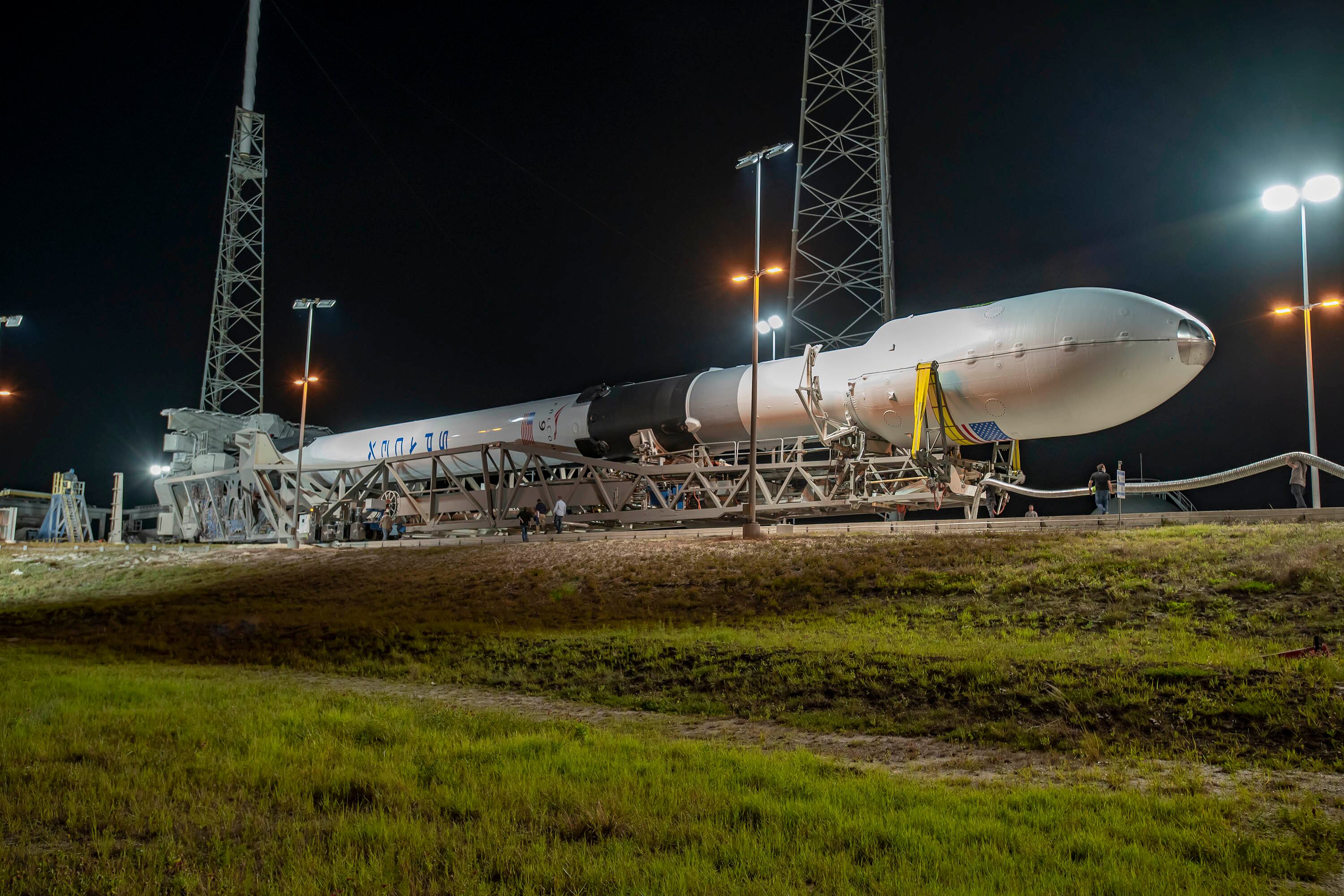The Global Positioning System underpins almost every aspect of modern life. This invisible utility, beamed to us by a constellation of 32 satellites zipping around Earth 12,550 miles overhead, does much more than give us directions to the nearest pizza place. GPS also allows sectors like transportation, telecoms, emergency services, finance and more to function with breathtaking speed and efficiency.
But this space-age marvel has a low-tech Achilles’ heel that makes it vulnerable to natural and human-directed disruptions that could cripple key industries and businesses, threaten lives, and cost billions of dollars. The signal from a GPS satellite is unimaginably faint. Detecting it is like being in New York and seeing a 50-watt lightbulb in Perth, Australia. That makes GPS susceptible to many kinds of interference, including tall buildings, solar activity and use of adjacent electromagnetic spectrums, as has been proposed under the rollout of 5G telecommunications services.
GPS can also be easily jammed and spoofed. Such incidents are dramatically on the rise in recent years and are sometimes carried out by our geopolitical rivals. For instance, Russian and Chinese forces have disrupted U.S. military and commercial tanker operations in the Black Sea, South China Sea and elsewhere. What’s more, on July 23, U.S. Space Command revealed that it has evidence that Russia conducted a test of a new anti-satellite weapon. Should satellites be damaged or degraded, recovery would involve building and launching new ones — you can’t just walk up to them and make repairs.
The cost of failure could be astronomical. GPS is directly tied to at least $1.5 trillion of economic activity, and indirectly to another $6 trillion. Fifteen of the 16 sectors of infrastructure the Department of Homeland Security designates as “critical” depend on GPS, and 13 would simply fail without it. Airliners and ships would lose precise navigational capabilities. Traffic lights would malfunction. Banks and financial markets would grind to a halt. The COVID-19 pandemic only underscores the urgency, with first responder networks critically reliant on GPS.
RELATED

The need for a GPS backup has been acknowledged by the U.S. government as far back as 2001, and persists today. In late 2018, Sens. Ted Cruz, R-Texas, and Ed Markey, D-Mass., jointly said that “establishing a reliable alternative timing system to GPS satellites is crucial to the national and economic security of the United States.” Thankfully, there is a proven solution that can be quickly rolled out as a co-primary and complementary capability for GPS: eLORAN.
Based on World War II-era technology, eLORAN uses internationally protected, low-band radio signals that are 3 million times more powerful than GPS and 99.999 percent reliable. LORAN, which stands for “long-range navigation,” was widely used in the United States before our network was shut down in 2010. The entire country could be covered by an existing but dormant network of 19 ground-based towers. The signals can penetrate buildings, tunnels and underground. They are virtually impossible to jam or disrupt due to their very low frequency and high power level. The eLORAN technology also adds a data channel that can carry encrypted commercial-user commands, emergency broadcast messages or even consumer services like a command to open your locked car door.
There is widespread agreement on the need for a GPS backup. President Donald Trump signed the National Timing Resilience and Security Act into law in 2018, mandating the creation of a GPS backup, and earlier this year he signed an executive order encouraging the expansion of position, navigation and timing infrastructure beyond GPS. The Senate Armed Services Committee recently signaled its desire for a GPS alternative by 2023. Yet not enough progress has been made toward addressing this critical vulnerability.
Now is the time to act. Including eLORAN in a stimulus or infrastructure package would finally give us the resilience to withstand an otherwise devastating GPS disruption. Deploying eLORAN in the U.S. is estimated to cost $400 million, less than the price of developing, building and deploying a single GPS satellite. It can be built at virtually no cost to taxpayers through a private-public partnership directed by the 2018 law and similar to those that support other infrastructure, like the National Airspace System for air-traffic control. Revenue sharing would offset government usage fees and actually generate revenue for the U.S. Treasury over time.
Deploying eLORAN could set off a wave of innovation similar to that generated by the introduction of GPS 25 years ago. For instance, it could enable safer deployment of drones and speed up the rollout of 5G services.
GPS has been a tremendous gift to the world. But its vulnerabilities needlessly put our economy and safety at risk. We must not wait until disaster strikes to fix this issue. The eLORAN technology can be deployed quickly and at a fraction of the cost of other systems. It will provide resilience for key infrastructure. It will unleash innovation and create jobs. GPS is a marvelous but ethereal scaffolding upon which our entire economy hangs. The resilient, affordable, ground-based technology of eLORAN is the safety net we need.
Kevin Coggins is a vice president at Booz Allen Hamilton and a former leader of the U.S. Army’s position, navigation and timing effort.








